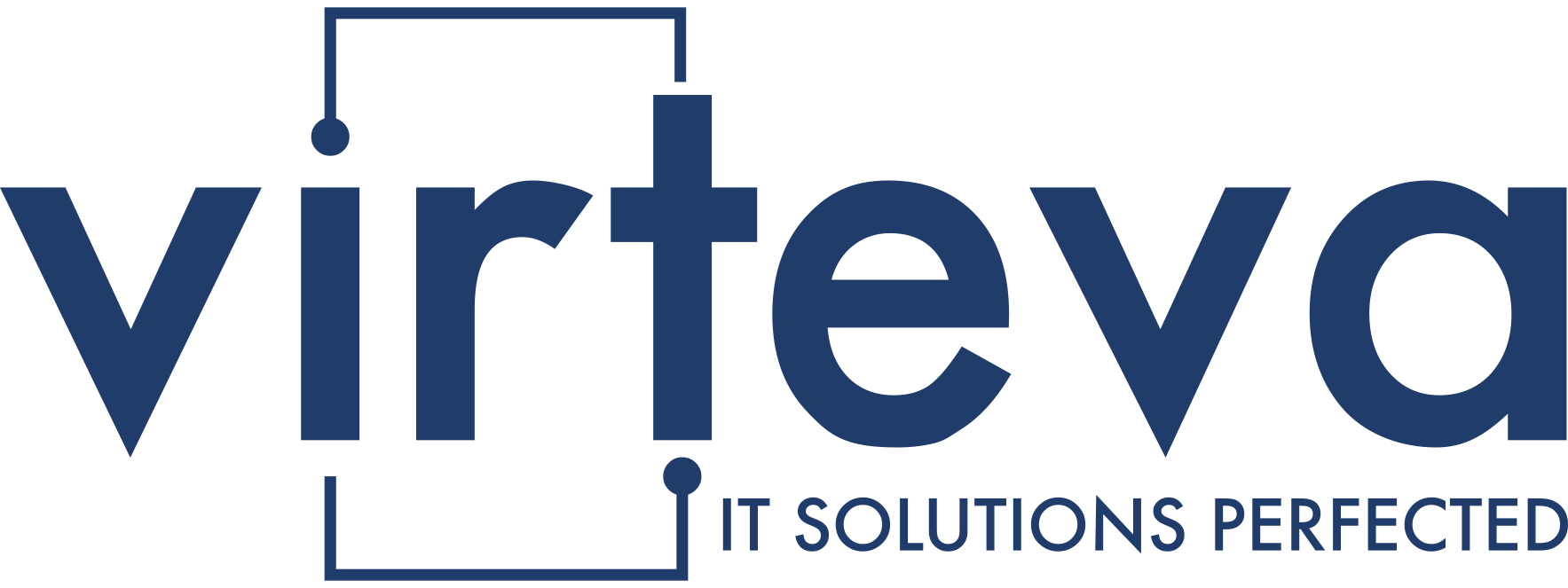Healthcare has always been a balancing act between embracing innovation and maintaining security and compliance. For small and mid-sized healthcare organizations, this tightrope walk is even more challenging with limited IT resources.
But here’s something worth celebrating: 2025 is shaping up to be the year when technology finally works for healthcare providers rather than the other way around. Let’s look at the IT trends making a real difference for healthcare SMEs this year.
AI That Actually Understands Healthcare (Finally!)
Remember when AI in healthcare meant clunky systems that created more work than they saved? Those days are fading fast.
Microsoft 365 Copilot has evolved to become surprisingly useful in clinical settings. From summarizing patient notes to drafting care plans based on clinical guidelines, AI assistants are now saving providers an average of 7-10 hours weekly on documentation.
What makes this possible? Copilot now understands medical terminology, recognizes patterns in clinical data, and integrates with major electronic health record systems. And because it’s built on Microsoft’s security framework, it meets compliance requirements right out of the box.
A small practice in Minnesota recently reported that their providers now spend 30% more time with patients and 30% less time on paperwork—without adding staff. Isn’t that what technology should have been doing all along?
Security That Protects Without Paralyzing
Healthcare remains the #1 target for cyberattacks, with attacks against smaller providers increasing by 67% since 2023. The criminals know that smaller organizations often lack robust defenses.
The good news is that Microsoft’s security solutions have become more powerful and healthcare-specific. Microsoft Defender for Healthcare now includes:
- AI-powered threat detection that understands standard patterns in healthcare systems
- Automated compliance reporting for HIPAA and other regulations
- Specialized protection for connected medical devices
Most importantly, these solutions are designed to work in healthcare environments without disrupting critical care. Security updates and scans can be scheduled around patient care hours, and false positives have been dramatically reduced.
Practical Telehealth That Patients Actually Use
The telehealth boom of the early 2020s left many smaller practices with expensive systems that patients found confusing or unreliable. 2025’s telehealth solutions focus on what was missing: seamless integration and ease of use.
Microsoft Teams for Healthcare now offers a telehealth platform that patients can join with a single click—no downloads, no account creation, no technical frustration. For providers, it integrates directly with scheduling systems and EHRs, making virtual visits as simple as in-person ones.
What’s really impressive is how the platform now supports remote monitoring devices, allowing providers to collect vital signs and other data during virtual visits. A small cardiology practice can now monitor high-risk patients between visits without requiring them to purchase expensive equipment or navigate complex apps.
Cloud Migration That Makes Clinical Sense
Moving to the cloud isn’t new, but doing it in a way that actually improves clinical operations is. In 2025, Microsoft Azure’s healthcare-specific tools make migration more than just an IT project—it’s becoming a clinical improvement opportunity.
Azure’s healthcare data model now automatically organizes information to support clinical workflows, making it easier to:
- Track patient outcomes across different conditions
- Identify care gaps for specific populations
- Predict resource needs based on patient demographics and trends
For smaller healthcare organizations, this means gaining insights that were once only available to large hospital systems with dedicated data science teams.
Workflow Automation That Works With Clinicians, Not Against Them
Healthcare workflows are complex and highly regulated. Previous attempts at automation often created rigid systems that forced clinicians to change how they worked.
Microsoft Power Automate for Healthcare takes a different approach in 2025, with templates designed by clinicians for clinicians. These templates automate routine tasks while adapting to existing workflows, not replacing them.
For example, referral management—traditionally a time-consuming, error-prone process—can now be almost completely automated while still giving providers control over clinical decisions. Patients get faster care, staff spend less time on paperwork, and nothing falls through the cracks.
The Practical Path Forward for Healthcare SMEs
If you’re running a small or mid-sized healthcare organization, here’s how to approach these trends:
- Start with staff experience: Choose technologies that reduce administrative burden first—these deliver the quickest return on investment.
- Build security into everything: Every new technology should enhance your security posture, not compromise it.
- Focus on patient-facing improvements: Patients judge your organization on their experience, not your infrastructure.
- Choose a healthcare-experienced partner: Generic IT providers rarely understand the unique requirements of healthcare environments.
The healthcare technology landscape is finally becoming more accessible to smaller organizations. With the right approach and partners, 2025 can be the year your technology truly supports your mission of providing excellent patient care.
What’s your biggest technology pain point as a healthcare provider? Chances are, there’s now a practical solution within reach of even smaller organizations.




